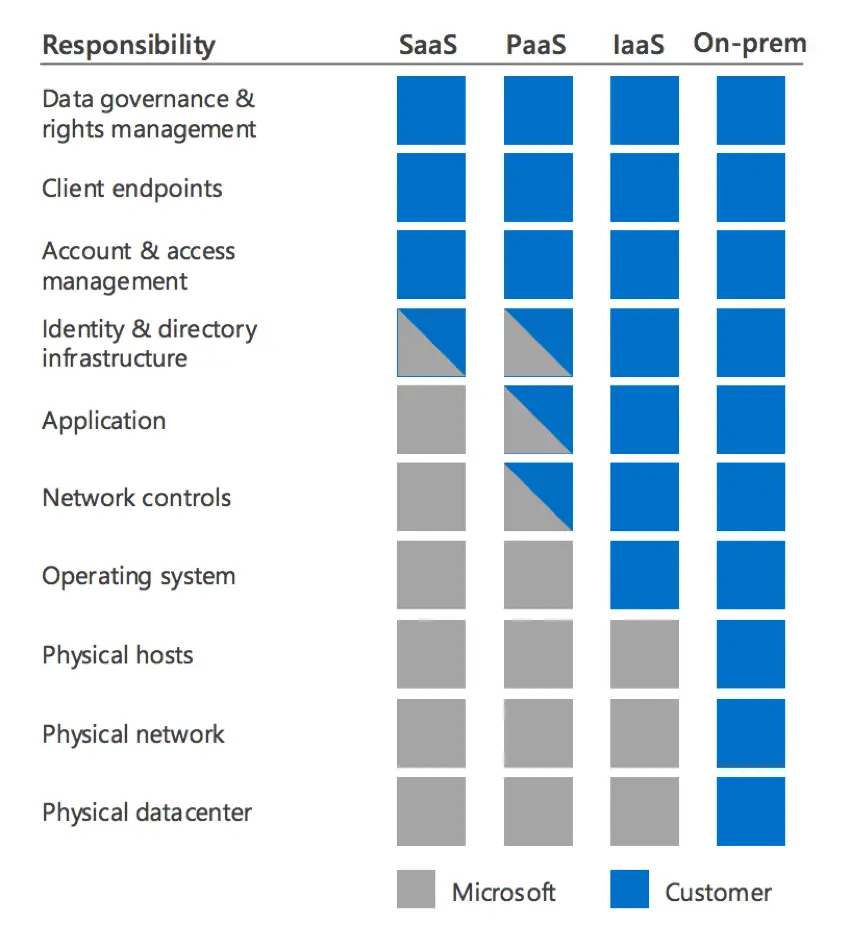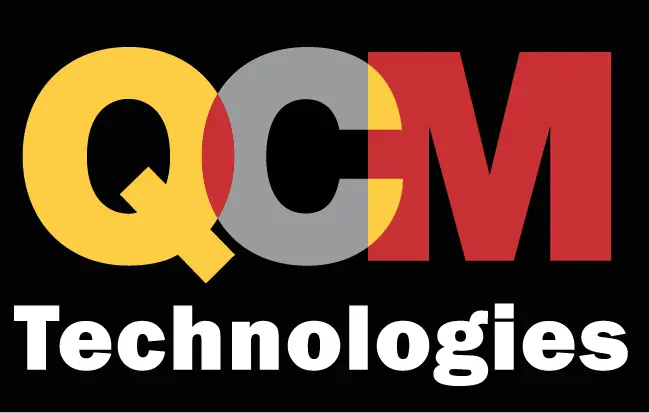Enterprises need to protect workloads, it is a must have. For a start, you can’t protect what you can’t see. So, increasing visibility in order to be able to control is a foundational step. To address these new requirements, you need new solutions and approaches. Common beliefs that Infrastructure as a Service providers are responsible for customer workloads, are wrong. The shared responsibility model for IaaS means that enterprises have to adapt traditional security to secure cloud based workloads. A cloud workload is a discrete capability or amount of work you’d like to run on a Cloud instance. It can be a web server for example. However, new requirements brought by IaaS bring new challenges to address. Establishing priorities and a road map using Microsoft Azure is a good way to start. Read more about the challenges of securing workloads in the cloud and the questions you should be asking yourself:
- Is cloud the new normal for your enterprise?
- Are you moving more and more applications into the cloud?
- Have you asked yourself how you are securing your data in this new world of cloud?
Scalability and flexibility are the key drivers of Cloud networking and computing. With more and more business transitioning to public cloud environments, the cloud is becoming an increasingly attractive target for hackers due to the sheer amount of data being stored in public clouds.
As a result, the number one concern for many organisations is how to secure their workloads in the cloud. According to the Cloud Security Alliance, the top security threats are:
-Data Breaches
-Advanced Persistent threats
-Hacked interfaces
-Exploited vulnerabilities and API’s
But how do you balance the increasing threat spectrum with providing the same security experience for the cloud that you have already deployed for your On-Premise IT infrastructure?
Part of the challenge is that there are so many different types of cloud environments. To properly deploy cloud-based security, organizations need to not only consider the data entering and leaving the cloud, but also, which cloud services they are utilizing. Different flavors of cloud include Infrastructure as a Service (IaaS,) Platform as a Service (PaaS,) and Software as a Service (SaaS.) As can be seen in the diagram below, as cloud services become increasingly comprehensive, more and more of the responsibility for cloud security sits with the IT team, from the physical data center to endpoint devices. In order to deploy a consistent and seamless security infrastructure, it is imperative that teams work with leading security vendors to not only address security concerns, but to also meet compliance and visibility requirements.

Azure, one of the market leading cloud providers, offers tiered segmented virtual networking with products designed to secure these segments. Security solutions combined with Microsoft Azure platforms provide granular insight and control into cloud security across entire distributed deployments. While Azure secures the infrastructure, you are responsible for protecting everything you put in it, but also everything sitting on premise as well. We offer other solutions to prevent, detect, and respond to threats, and provide increased visibility and control over the security of your Azure resources you will be.

Learn more about securing your data in Microsoft Azure






